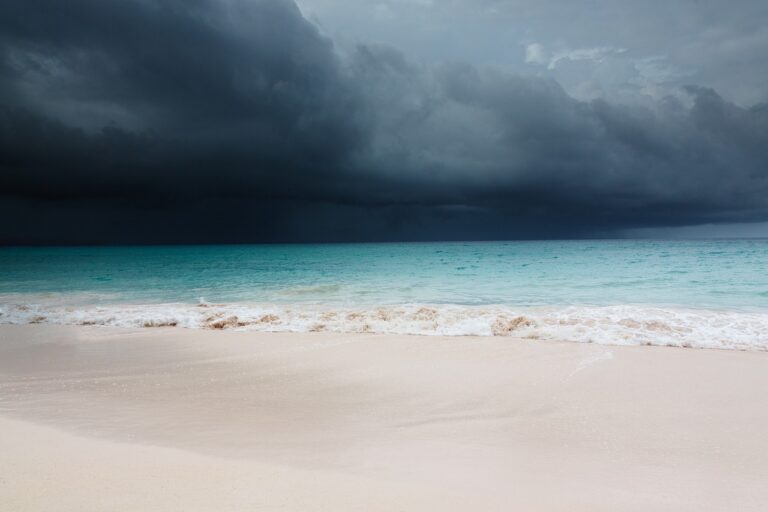A report from WMO indicates that weather-related disasters and climate change impacts are unravelling the fabric of society in the southwest Pacific. Sea level rise threatens the future of low-lying islands while increasing ocean heat and acidification harms vital and vulnerable marine ecosystems.
The State of the Climate in the South-West Pacific 2022 report is one of a series of five regional reports and a global report from WMO providing the latest climate insights to inform decision making.
The three-year-long La Niña event had a clear influence on temperatures in 2022. But despite its temporary cooling influence, it was still a warm year for the region. The mean temperature in 2022 was 0.2°C to 0.3°C higher than during the last strong La Niña in 2011.
“El Niño, which followed three years of La Niña conditions, is very likely to continue during the rest of the year. This will have a big impact on the southwest Pacific region as it is frequently associated with higher temperatures, disruptive weather patterns and more marine heatwaves and coral bleaching,” said WMO Secretary-General professor Petteri Taalas.
Compared with 2021, the number of reported disaster events decreased; however, economic losses increased. Damage due to flooding was US$8.5bn, almost triple the previous year, with most of the damage attributable to a series of events in Australia. Tropical storms Megi and Nalgae caused devastating flooding in the Philippines.
“Despite continuous efforts to strengthen multi-hazard early warning systems, the present report clearly shows that there are still significant gaps to be addressed,” said Prof. Taalas.
The report shows how the agriculture sector is one of the most critical sectors affected by climate-related disasters, echoing the national adaptation plans of many countries in the southwest Pacific. Enhancing the resilience of food systems is therefore a high priority.
Blue Pacific
The report was released at the Third Pacific Ministerial Meeting on Meteorology (PMMM-3) and the First Development Partners and Donors Engagement Meeting in Fiji. The meetings, which are all interlinked, will be guided by the theme: Sustaining Weather, Climate, Water and Ocean Services for a Resilient Blue Pacific.
“Our Pacific people are at the forefront of the impact of the triple planetary crises of climate change, biodiversity loss and pollution. Our Pacific leaders have already declared a climate emergency, reaffirming that this is now the single greatest existential threat facing the Blue Pacific,” said Secretariat of the Pacific Regional Environment Programme’s Director-General, Sefanaia Nawadra.
The WMO report says that sea-level rise rates were, in general, slightly higher than the global mean rate, reaching approximately 4mm per year in several areas. In Indonesia, satellite estimates of the area of a glacier in the western part of the island of New Guinea showed a total ice area in April 2022 of 0.23km², a decrease of about 15% from the previous assessment of 0.27km² in July 2021. From 2016 to 2022, the average reduction in ice area was approximately 0.07 km² per year.
Despite La Niña conditions, marine heatwaves occurred in various parts of the region. Most of the regions in the southwest Pacific show upper-ocean (0–700m) warming since 1993. Warming is particularly strong, with rates exceeding 2–3 times the global average warming rates, in the Solomon Sea and east of the Solomon Islands; in the Arafura, Banda and Timor Seas; east of the Philippines; along the southern coast of Indonesia and in the Tasman Sea, according to the report.
To view the complete report, click here.



